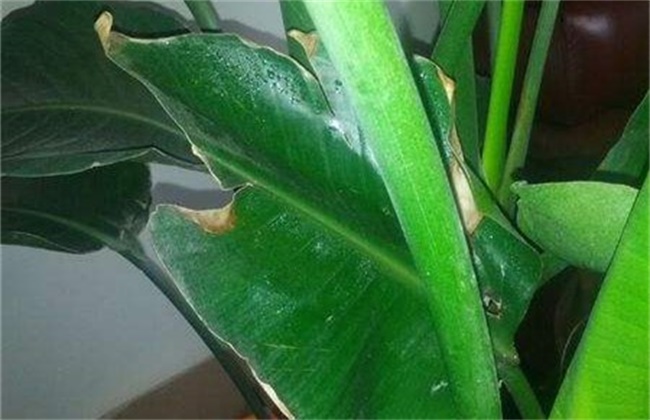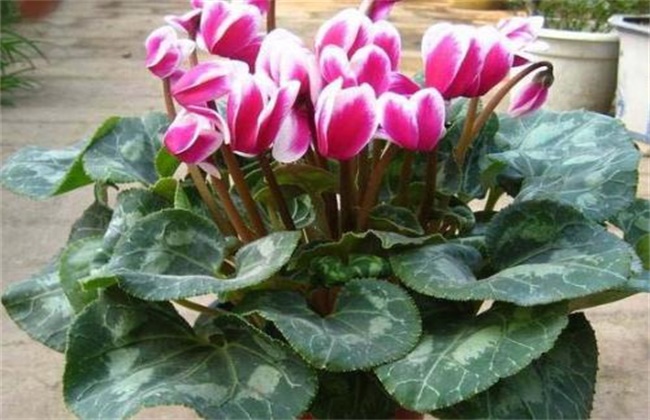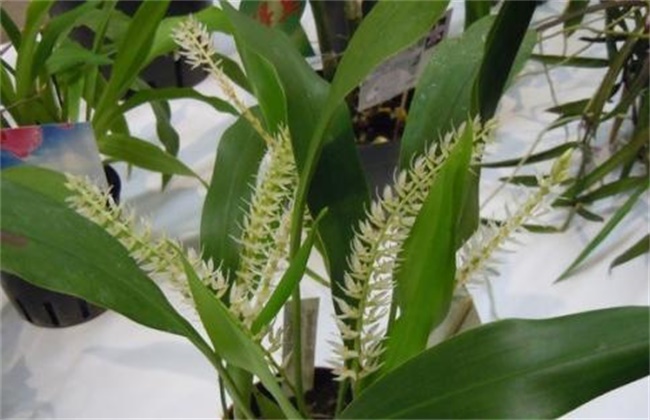What happened to the cracking of the leaves of Clematis paniculata
Magnolia is very common in our daily life. The ornamental value of the orchid is very high, so it is also welcomed by many people. So now there are still a lot of people who breed the orchid, and when raising the orchid, there are often a lot of problems affecting the ornamental nature of the orchid. Among them, the cracking of the leaves of Magnolia is one of them. So what about the cracking of the leaves of Clematis paniculata? The following editor will give you a brief introduction, let's have a look!

1. The wind is too strong
The strong wind is one of the main reasons for the cracking of the leaves of Magnolia paniculata. The wind resistance of the orchid is very poor, in the process of growth, if there is a strong wind, then the leaves of the orchid can not bear, it will gradually crack with the gap of the orchid, resulting in a decline in the ornamental value of the orchid. Therefore, the orchid can not grow in the windy environment, so we should pay attention to do a good job of shelter when breeding. Usually properly ventilated, maintain ventilation, do not let the plant of the orchid be blown by the strong wind, to ensure the normal growth of the orchid.
2. Poor soil
The root of the orchid plant is very sensitive, so the quality of the soil will be higher. The orchid is not suitable to grow in the soil with poor permeability, if the soil permeability is poor, then it is very disadvantageous to the growth of the root of the orchid. In severe cases, it will lead to root decay, resulting in cracking of the leaves. Therefore, if it is due to soil reasons that lead to the cracking of magnolia leaves, then we should pay attention to the timely replacement of new soil. Especially in the case of soil consolidation and sticky weight, the soft and transparent sandy soil should be replaced in time.
3. Temperature discomfort
Temperature is very important for the growth of orchid, and its cold resistance is very poor. Therefore, the orchid is not suitable to grow in the low temperature environment, when raising the orchid, if the temperature is too low, then the orchid is very easy to produce frost damage. As a result, the branches and leaves of Clematis paniculata appear yellowing and cracking, and its ornamental value will decrease. Therefore, we should pay attention to control the temperature, the suitable growth temperature of the orchid is about 15-20 degrees, and the temperature should be kept above 10 degrees in winter, and the lowest can not be lower than 5 degrees.
4. The humidity is too low
Water discomfort is also one of the reasons for the cracking of the leaves of Clematis paniculata. Especially in indoor culture of orchid, the air is relatively dry. Dry air can easily lead to water shortage in the leaves of Cymbidium, which is very disadvantageous to the growth of branches and leaves, such as yellowing and cracking of leaves. Therefore, we should pay attention to do a good job of ventilation and ventilation when we breed crane orchid. Properly watering the soil to keep the soil moist, especially when the air is dry, spray water on and around the leaves of the orchid in time to moisturize and reduce the cracking of the leaves.
The above is a brief introduction to the cracking of the leaves of Clematis paniculata. That's all for today's introduction. This article is for reference only. I hope it can be helpful to everyone.
Related
- Fuxing push coffee new agricultural production and marketing class: lack of small-scale processing plants
- Jujube rice field leisure farm deep ploughing Yilan for five years to create a space for organic food and play
- Nongyu Farm-A trial of organic papaya for brave women with advanced technology
- Four points for attention in the prevention and control of diseases and insect pests of edible fungi
- How to add nutrient solution to Edible Fungi
- Is there any good way to control edible fungus mites?
- Open Inoculation Technology of Edible Fungi
- Is there any clever way to use fertilizer for edible fungus in winter?
- What agents are used to kill the pathogens of edible fungi in the mushroom shed?
- Rapid drying of Edible Fungi



